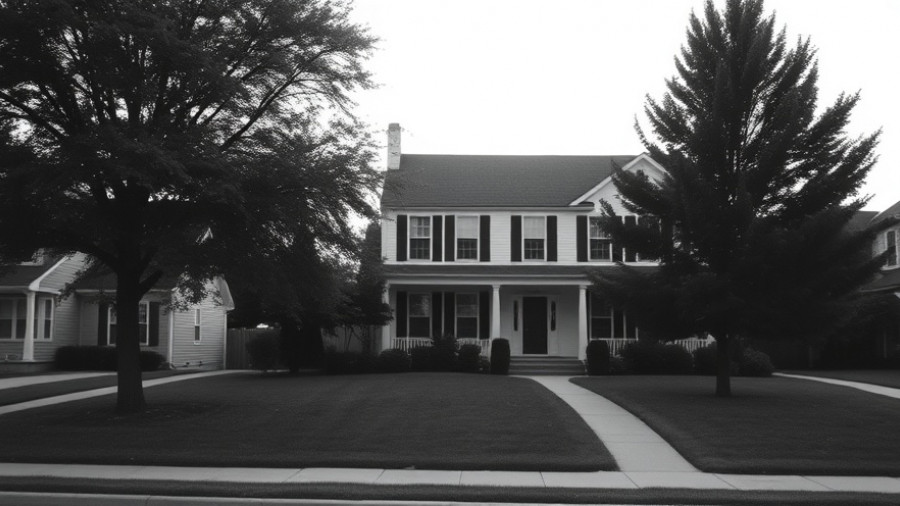
Understanding Closing Costs: A Must-Know for Buyers
For those looking to purchase a home, closing costs can feel like a hidden maze filled with uncertainties. Often underestimated, these costs can significantly impact your overall budget. But what are closing costs, and why do they matter? Essentially, they represent the various fees incurred in finalizing a home purchase, including homeowner's insurance and title fees, among others. It’s crucial for first-time buyers and seasoned homeowners alike to grasp these expenses to ensure a smooth transition into their new homes.
National Averages vs. Local Realities: The Fluctuating Nature of Costs
While a national average of 2% to 5% of the home’s purchase price serves as a guideline, closing costs can vary extremely based on your location. A deep dive into this shows some states may have costs falling between $1,000 and $3,000 while others soar to $10,000 to $15,000. Understanding these localized differences is paramount. Factors like transfer taxes, local tax rates, and the prevailing costs for title services, which vary greatly from state to state, can add up quickly. Thus, engaging with local agents is crucial for accurate budgeting.
Strategies to Potentially Reduce Closing Costs
As daunting as these costs may seem, there are ways to lower them. For instance, negotiating with the seller for concessions, like credits toward closing costs, can help ease the financial pressure. Additionally, shopping around for homeowner’s insurance ensures buyers find the best rates. Various assistance programs, often available depending on one’s profession or local neighborhood, can also aid in offsetting some expenses. Always check with local professionals who can provide insights into available resources tailored to your community.
Unique Insights into State-Specific Closing Costs
Particularly striking in the current landscape is how some regions present dramatically different closing cost averages. For instance, in Washington, D.C., the average can exceed $17,000, reflecting the highest costs in the country, while South Dakota balances the scales at approximately $1,600, the lowest. This discrepancy emphasizes the importance of conducting state-specific research and knowing what to expect, fostering a sense of confidence among buyers as they navigate their purchase.
Why Knowing Closing Costs Matters
Having a firm grasp on closing costs not only prepares buyers for potential financial obligations but also arms them with information for negotiation. It allows buyers to plan effectively, ensuring that they allocate the appropriate funds without compromising their home-buying dreams. Understanding what these numbers reflect - from tax rates to service fees - ultimately empowers buyers and bolsters their position in the market.
In conclusion, while purchasing a home can be overwhelming, comprehension of the associated closing costs doesn't have to be. Being informed and proactive allows you to make decisions with confidence. Connect with a local agent or lender today to obtain a personalized estimate of the typical closing costs in your area, ensuring you can craft a budget that suits your needs.
 Add Row
Add Row  Add
Add 




Write A Comment